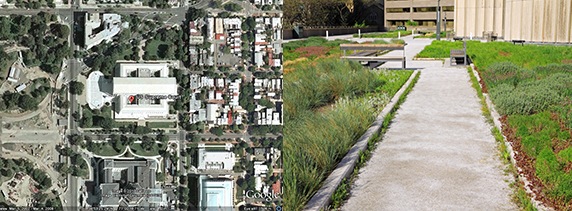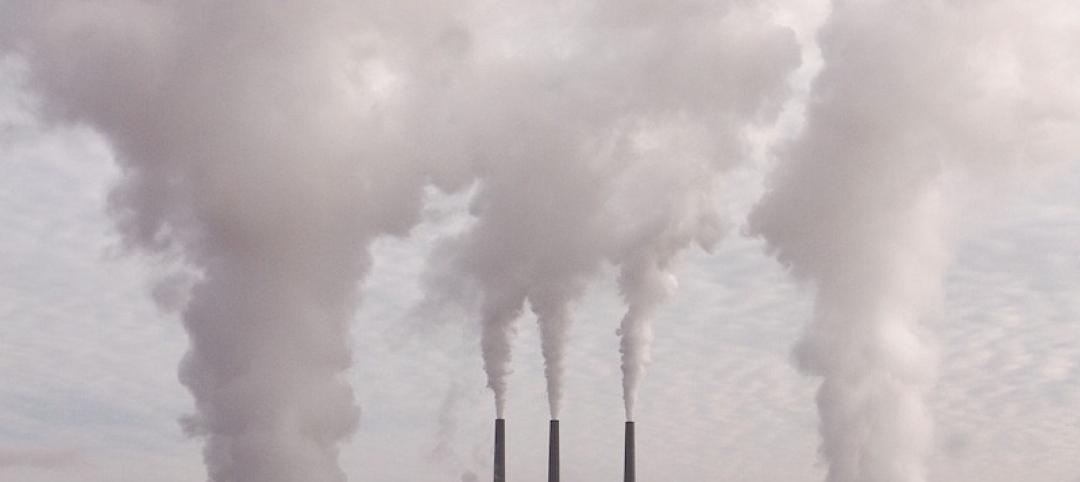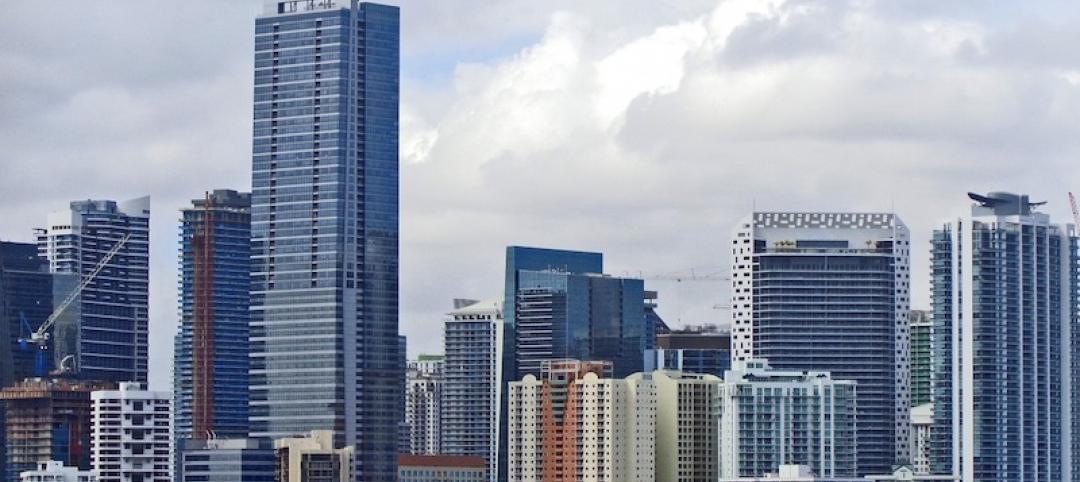White roofs can be more effective at reducing the urban heat-island effect than darker roofs and roofs covered with plants, according to a report by the Lawrence Berkeley National Laboratory. White roofs also cost less.
The report, Economic Comparison of White, Green, and Black Flat Roofs In the United States,says that white roofs are three times more effective than green roofs at “cooling the globe.” Researchers analyzed 22 commercial flat roof projects in the U.S. and performed a 50-year life cycle cost analysis.
They assumed a 20-year service life for black roofs and white roofs, and 40 years for green roofs. White roofs save $25 per square meter compared to black roofs and green roofs cost $71 per square meter more compared to black roofs, the report says.
Green roofs provide benefits that white roofs do not offer, however, such as controlling runoff and curbing air pollution.
Related Stories
Codes and Standards | Jun 3, 2019
Florida may eliminate certificate of need requirement for new hospitals
Bill could boost specialized facilities.
Codes and Standards | May 31, 2019
RELi 2.0 standard for sustainability, resilience being piloted
Will be open to LEED-registered or -certified projects, with introductory pricing and support.
Codes and Standards | May 31, 2019
Pankow Foundation releases report, tools for embodied carbon impacts
Focus is on MEP and tenant improvements.
Codes and Standards | May 24, 2019
USGBC receives funding for LEED for Cities and Communities Program
Bank of America provides $500,000 grant to certify 15 U.S. cities.
Codes and Standards | May 24, 2019
AIA updates Interiors Contract Documents
Six revised documents available for interior construction projects.
Codes and Standards | May 23, 2019
Northern California casino offers a template for resilient microgrids
Solar power with batteries and backup generators provide weeks of self-reliance.
Codes and Standards | May 23, 2019
Austin creates innovative plan to boost affordable housing
Approach includes loosened zoning, incentives for higher density in lower-cost and mixed-income developments.
Codes and Standards | May 20, 2019
Effort launched to develop better process for zero-carbon retrofits in multifamily sector
Rocky Mountain Institute, Dept. of Energy, California Energy Commission join forces.
Codes and Standards | May 20, 2019
Property lenders shouldn’t invest for 30 years in most of Florida, expert warns
Climate ignorance driving some ‘insane’ deals.
Codes and Standards | May 17, 2019
NIMBYism is the biggest multifamily construction barrier
National Apartment Assn. report assesses reasons for difficulty in creating more apartments.

















